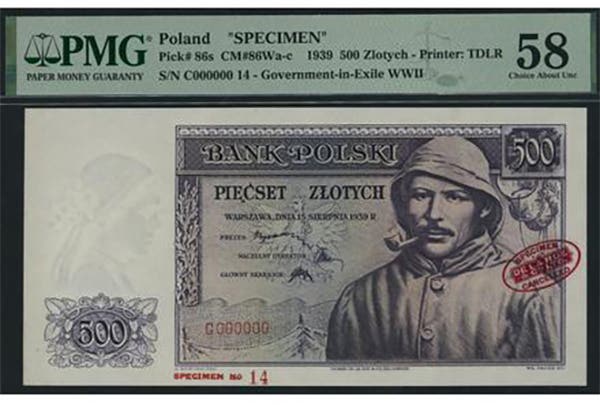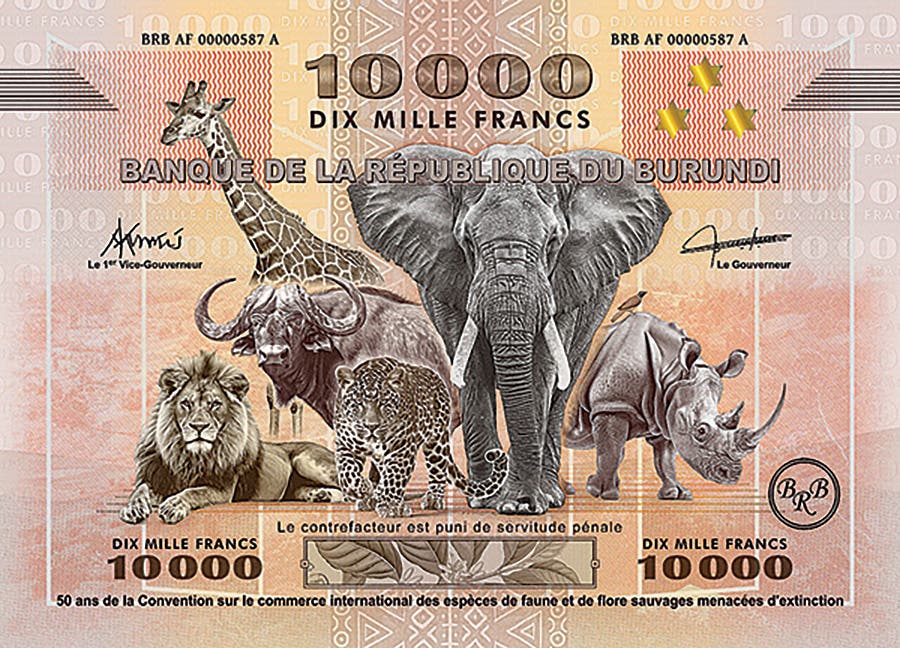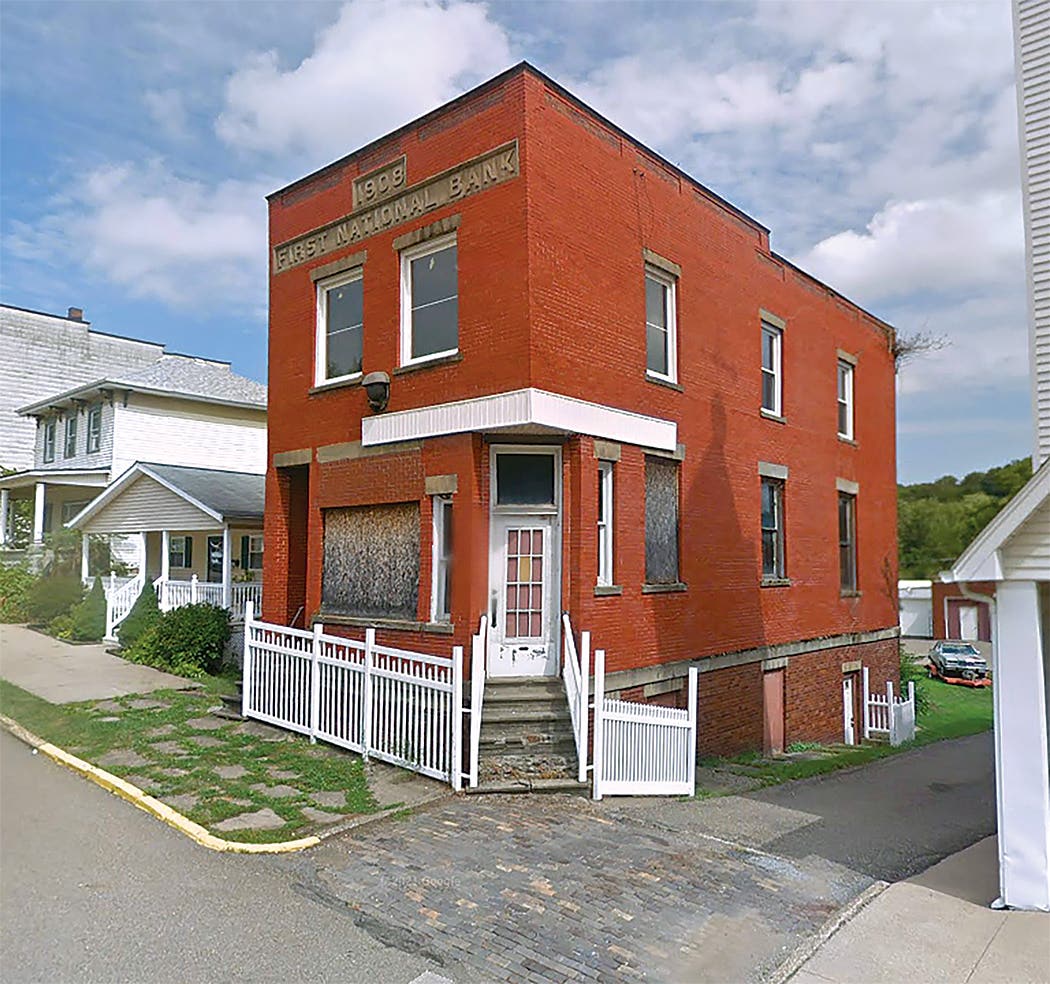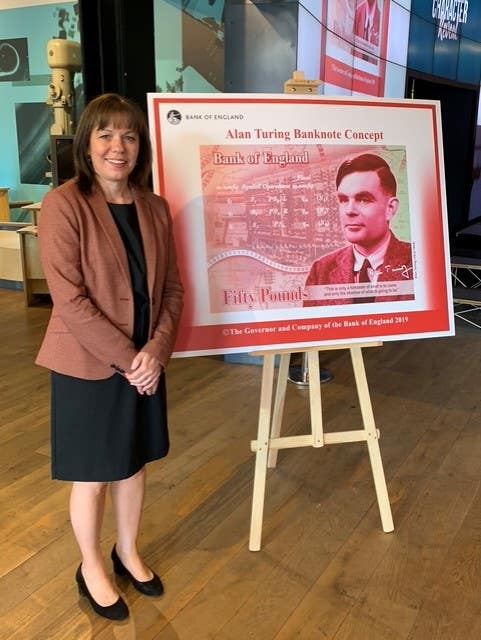Behind the Bank Note with Dr. K.A. Rodgers
Over the years Dr K.A. Rodgers PhD, has contributed to numerous publications. His writing has won many awards from both IBNS and NLG. Sometime this year he hopes to clock-up…
Over the years Dr K.A. Rodgers PhD, has contributed to numerous publications. His writing has won many awards from both IBNS and NLG. Sometime this year he hopes to clock-up his 5,000th numismatic publication. Both Standard Catalog of World Coins and Standard Catalog of World Paper Money – and their editors – have borne the brunt of his activities. The past three decades has seen him totally revising the Fiji entry in all three volumes of SCWPM. Rodgers was one of a very few outsiders to gain access to the archives of Colonial Fiji’s former Commissioners of Currency. This provided a wealth of information that saw him lay several numismatic myths to rest. However, his SCWPM data revision remains to be completed. Today all manner of Fijian paper money from the 1860 to 2021 are grist to his collection mill. His particular focus is the country’s numerous emergency issues of World War II and its second decimal issues commencing in 1969.
Q. How long have you been a Fiji bank note collector?
A. I have been collecting Fijian coins and paper money for more than 40 years.
Q. How did your interest in bank notes begin?
A. By a shrewd dealer unable to sell me the coin I wanted. Instead he dropped a red & green Fiji pound note in front of me and said, “But I have this.” King George VI looked up at me and smiled. I was hooked! Ever since that day I have regarded the coins and notes of a country as but parts of one continuum.
Two mentors had a large impact on my growth. The first was Californian dealer, the late Herb Farrar. The second the late Ruth Hill. Both encouraged me to write about my collection and other numismatic matters. I discovered I could earn income from this activity. This gave me the disposable wherewithal to build my collection—and placate a succession of bank managers.
Q. What is one of the most significant thematic currency designs you have encountered?
A. The tiaras of Queen Elizabeth II. She is a collector, too. Not coins & notes but tiaras. Chacun sa goût.
Her reign as the longest of any British monarch has seen her assemble a remarkable collection. Each has its own piece of history. Many are shown on bank notes of Britain and the Commonwealth. Assembling a set of notes that represent her different tiaras is a major challenge.
Q. What is the most memorable or noteworthy piece in your collection?
A. A battered and fire-damaged Fiji Banking & Commercial Company Limited issued & signed 5 shillings dated 1 Dec 1873 i.e. pre-cession. Then there is the one note that will never be in my collection but that I was the first collector to ever view, handle and photograph: the sole surviving WWII ten shillings overprint (P-44). I rattled a few cages when I reported on its existence and that the entire printing had been issued!
Q. How common are short snorters and why are they significant?
A. Every few days there is a new listing of snorters on eBay. Fiji examples are common among them. The signatures on each WWII snorter represents a silent memorial to those who fought and those who died. For far too many it would be their last interaction outside the front line.
Each name bears a story. Today the world wide web makes tracking some those stories relatively easy but an emotional experience. I have been in contact with the sons and daughters of a number of signatories. Their pride in their parent and what they achieved has always left me deeply moved.
Q. What are the pre-cession Cakobau Government of Fiji 1871-1873 debentures and what is important to understand about them?
A. Many efforts were made by Cakobau Government ministers to prop up the finances of the Kingdom through what is fondly known today as “quantitative easing” i.e. a government issues lots and lots of paper money. Fiji’s interest-bearing debentures were one of the last rolls of this dice.
The debentures resemble some of the first federal notes of the USA e.g. P-1 through P-65 with the backs of some having calculations as to their exchange value in contemporary transactions.
The debentures are all part of the late 19th century history of the tropical Pacific. For Fiji It was a time when the U.S. was considering sending-in a few gunboats to sort out the islands’ leaders and recover a long-standing debt. But for the U.S. Civil War that may have happened, and the islands’ history been changed forever.
Q. Is there an area in Fiji notes that is gaining more interest from collectors?
A. Some collectors are into the replacement notes, yet others chase portraits of the various British monarchs. World War II emergency pieces have long had a dedicated following that is perhaps increasing. Collecting the modern issues has certainly seen an upturn as I am finding considerably more competition at auction when chasing the rarer items of this series in collectable grade.
For many newcomers the question of price puts a roadblock in their way. COVID and associated lockdowns has seen the price of many true rarities soar. This has flowed into commoner items. Not sure how this has affected the newcomers on the block but have observed some high-priced (but not scarce) Fiji items on eBay that sit there month after month without much interest.
This latter situation is compounded by the Reserve Bank of Fiji now selling online an increasing number of numismatic items. These include uncirculated examples of older issues at prices well below market.
Q. Over the course of your career and study of bank notes, what do you think has most impacted currency growth and development?
A. If one is talking about growth and development among collectors—an increase in frequent design changes, the widespread use of vibrant color, use of polymer substrates, an increase in innovative security features have all combined to make banknote collecting a highly attractive past time.
But, of course, these changes have been accompanied by the ease with which knowledge of the subject can be gained. This is vital in attracting new collectors. Certainly, the increase in the quality and quantity of printed information has had a huge impact. But nothing can beat the world wide web. If nothing else, COVID has cemented the web as the #1 go-to medium for collectors of all persuasions around the globe.
Q. What do you most want people to understand and appreciate about Fiji’s bank notes?
A. Like many nations, Fiji’s notes reflect its history. Its different historical episodes over the last two hundred years are many and varied as are the associated bits and pieces of paper currency. To fully appreciate these pieces of paper a collector needs to learn about the country’s history. Once that background is absorbed the notes should light-up, each a relic of a bygone era with its history to tell.
And Fiji’s history is short but fascinating. Three coups in the last 35 years alone of which one had an immediate effect on the bank notes—a rapid change in signatory.
Q. If you were able to give advice on starting and growing a bank note collection, what would you suggest?
A. Depends on the would-be collector, their interests and their disposable income. But for all I suggest they ask around and find a couple of dealers who they can trust, whose grading is reliable and consistent, and who make it easy to give them money.
The newbie needs to get to know these dealers and tell them what they are hoping to achieve. They need to spend time going through their dollar boxes on a regular basis. They certainly need to spend a little money with each. They need to listen and learn. Then they need to spend some more money.
PS. Build up a personal library. A collector can never have too many books on their subject. They need to browse the web & pre-loved book shops near their homes and buy, buy, buy!
PPS. Subscribe to at least one numismatic magazine. I take four.








